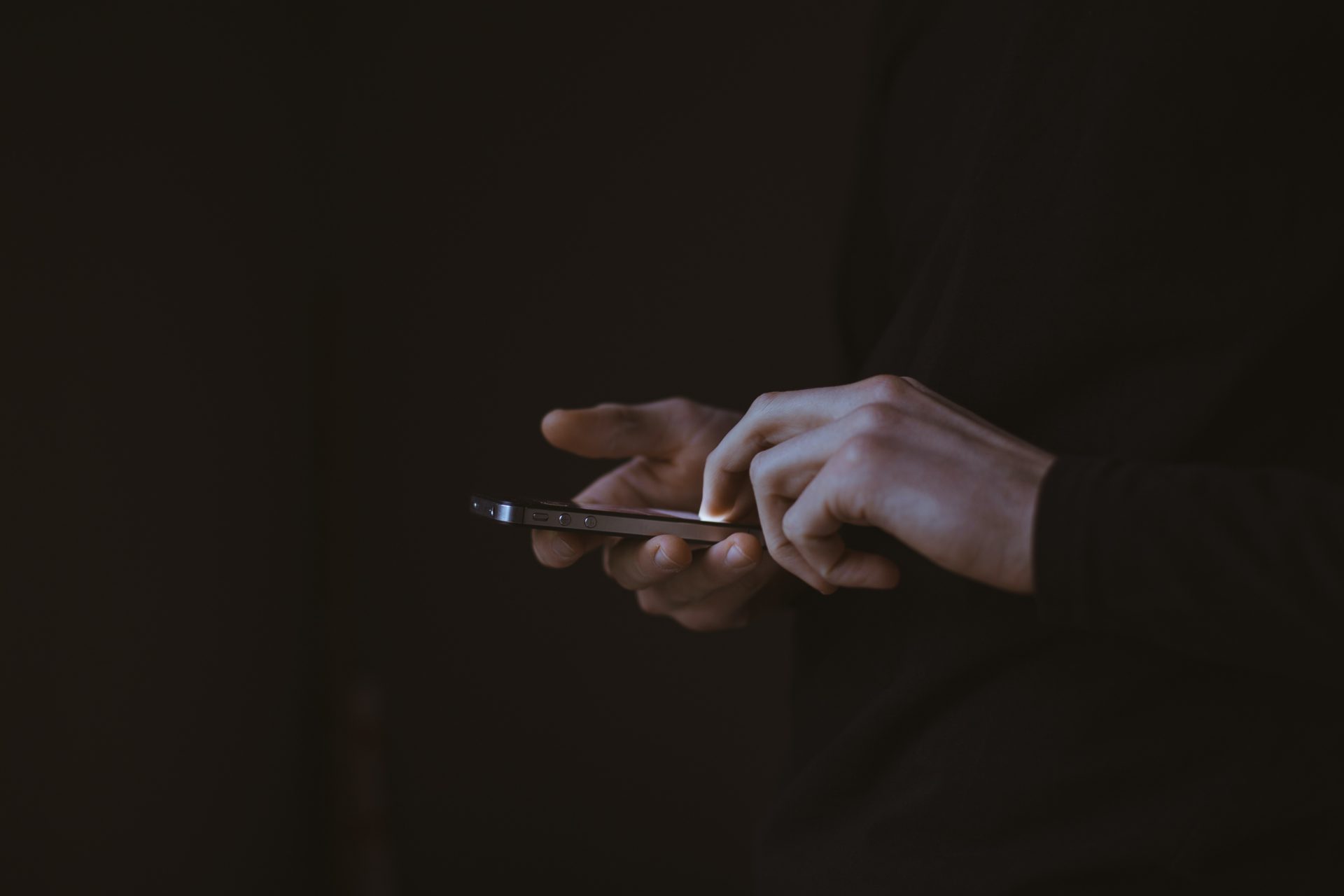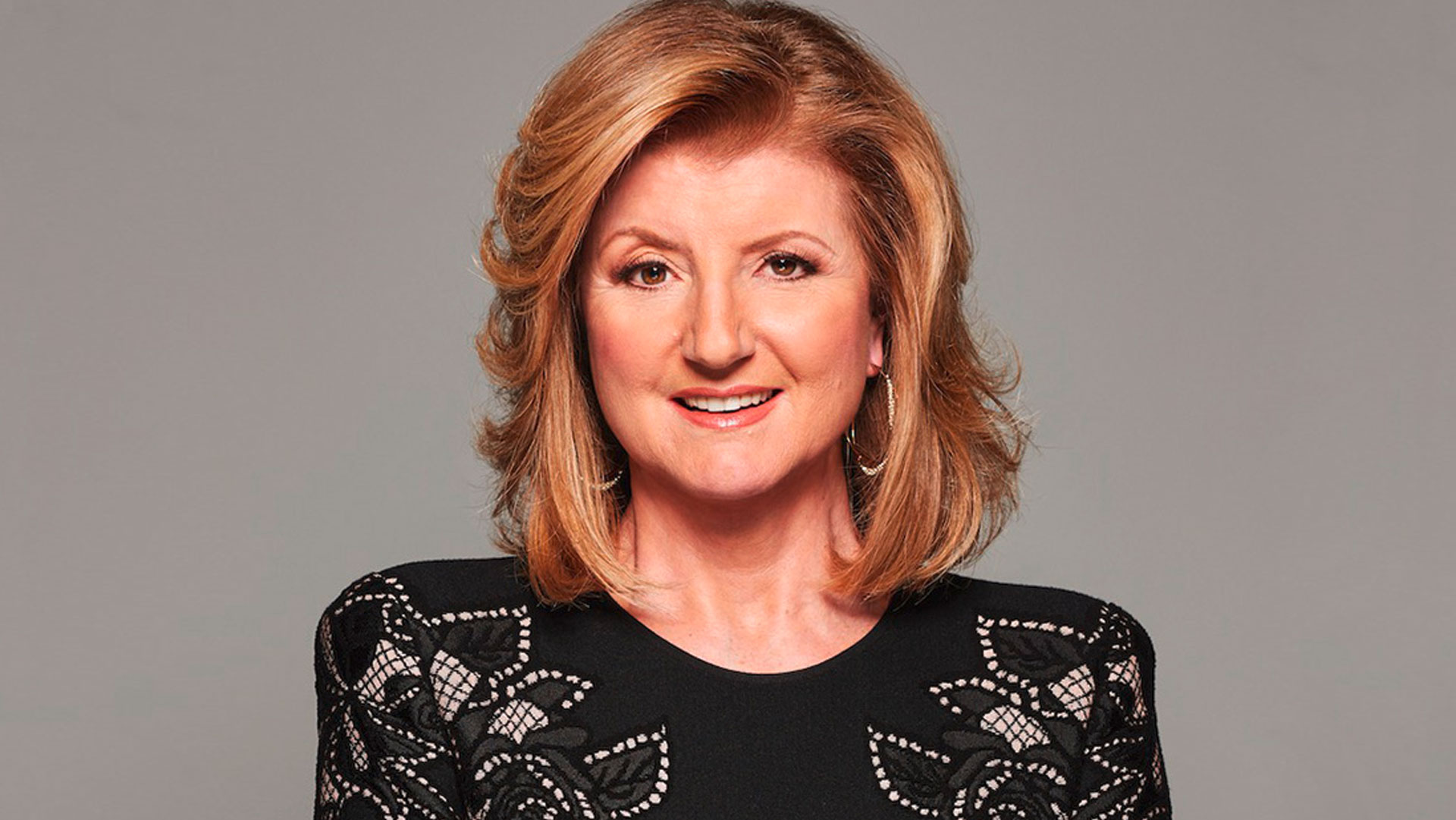So much of the conversation about our new hybrid and distributed workforce world is about where we’ll work, and what new technologies and meeting protocols will need to be developed to help us adapt. But less discussed is a bigger problem, and one that’s not going to go away when the pandemic finally recedes: regardless of where we’re working, how much of ourselves are we bringing to our work? Will we be truly present and able to tap into our best, most human qualities, like compassion, empathy, resilience and creativity? Or will we be disconnected in a way that impairs truly effective collaboration because we are stressed, distracted and unable to focus enough to get deep, meaningful work done? If that sounds even partially like a description of your mental state over the past year, you might be suffering from what’s being called “pandemic brain”. And it’s a condition that’s going to outlast its namesake.
That’s because the enormous collective stress we’re facing isn’t a temporary problem — its consequences run deep. As Kelli María Korducki reports in The Guardian, chronic exposure to stress and the stress hormone cortisol has a range of serious effects that don’t magically disappear as soon as the stressor does. In addition to increased risk of heart disease and mental health conditions, it also actually kills brain cells and shrinks the region of the brain — the prefrontal cortex — that regulates focus, learning, attention and memory. How does this ultimately affect us? As Anthony Wheeler, dean of Widener University’s School of Business Administration and an expert on burnout, put it in The Washington Post, people are “losing the psychological, social and emotional resources that we use to meet the demands of our daily lives”. With these essential resources depleted, we may think we can multitask our way out of the problem, taking on more tasks and trying to get it all done at once. But according to Wheeler, “you will not get any individual thing done as well if you’re trying to do multiple things at once”.
And our hybrid world doesn’t seem set up to leave the world of pandemic brain behind. Yes, virtual meetings were a lifeline when many of us shifted to working from home, but now we’re drowning in meetings. According to a Microsoft analysis of activity over the past year, weekly meeting time has more than doubled — going up nearly 150% — and is still rising. Research by Cisco found that the percentage of meetings in which a participant was attending remotely went from 8% pre-pandemic to 98% during the pandemic. And as convenient as it has been to dial into meeting after meeting from the comfort of home, it has not been without costs. Microsoft’s Human Factors Lab found that virtual fatigue sets in just 30 minutes into a meeting. Maybe that’s why another study, at Harvard Business School and NYU, found that though the number of meetings went up, as did the number of participants, the productivity of those meetings went down. And it’s not just meetings. There were over 40 billion more emails sent in February 2021 than in February 2020. We’re endlessly communicating about our jobs, but that leaves less time — and cognitive capacity and resources — to actually do our jobs. An Asana study found that we now spend 60% of our time coordinating things needed for work, rather than the task-specific work at hand.
All of this is a recipe for burnout. The proliferation of incredible technologies that make it possible for us to stay connected are, paradoxically, overwhelming us with stress and making us less productive. Indeed, the same Asana study found an increase in multitasking and app overload, as newly distributed teams add more apps in an attempt to recreate the physical office — an effort with unintended consequences, including missed deadlines and duplicative work. According to the study, the most senior employees are most likely to experience app overload, which affects not only focus and productivity, but quality of decision-making.
It’s part of what Cal Newport, author of A World Without Email: Reimagining Work in an Age of Communication Overload, calls the “hyperactive hive mind”. And it’s what happens when people are collaborating on multiple projects on various platforms, creating a cacophony of notifications, data and decontextualised interruptions.
“Our minds cannot do these rapid context shifts from one thing to an inbox back to the one thing, back to an inbox,” Newport says.
And the changes forced by the pandemic have brought more blizzards of random and disconnected data, which has meant our minds have become even more distracted and hyperactive than they were in our not-so-halcyon, device-centred pre-pandemic days. “I hear from a lot of people right now who say, ‘you know what, I now do zero work during my workday. Every minute is Zoom or email’,” Newport says. “This is an absurd state of affairs. I can’t believe that we’re willing to say, ‘I guess that’s just the best way to work’.”
But of course, it isn’t the best way to work. We know this both from the science and from our own experience. And it doesn’t have to remain our state of affairs. We’re still figuring out what our new hybrid world is going to look like. As we hear more and more about the Great Resignation — with record numbers of people quitting their jobs — we need a Great Reevaluation to understand the culture shift we’re living through. We need to rethink how to use technology and how to structure the workplace in ways that augment — rather than consume — our mind’s amazing capacities for focus and deep connection, especially during a time when creativity, empathy and collaboration are more important than ever. The Microsoft analysis also found that although employees are having more meetings with their own teams, they’re having fewer meetings with other teams. Which is to say, right now our technology isn’t doing a great job of re-creating a part of office life that Derek Thompon, in The Atlantic, calls “soft work”, the office chitchat and human moments of connection that drive breakthroughs and innovative solutions. So how, in a technology-mediated hybrid world, can we break down those silos? How can we create intimacy and connection across geographical borders and technological platforms? How can we create the kind of serendipitous moments of connection, insight and innovation that only come from a true meeting of the minds? How can we ensure that the sum is greater than the parts? How do we get the a-ha moments that truly move the needle?
Those moments are a lot harder to come by when we’re swimming in data and communicating constantly across different apps and platforms, but the internal lines of connection and communication with our wisdom and intuition are frayed. As the 17th century French mathematician and philosopher Blaise Pascal put it: “All of humanity’s problems stem from man’s inability to sit quietly in a room alone.” The task of the post-pandemic era is going to be less about who can generate the most data and more about who can turn the noise off and create pathways of connection to our inner resources, those treasures inside us that enable us to handle whatever the external world throws our way.






